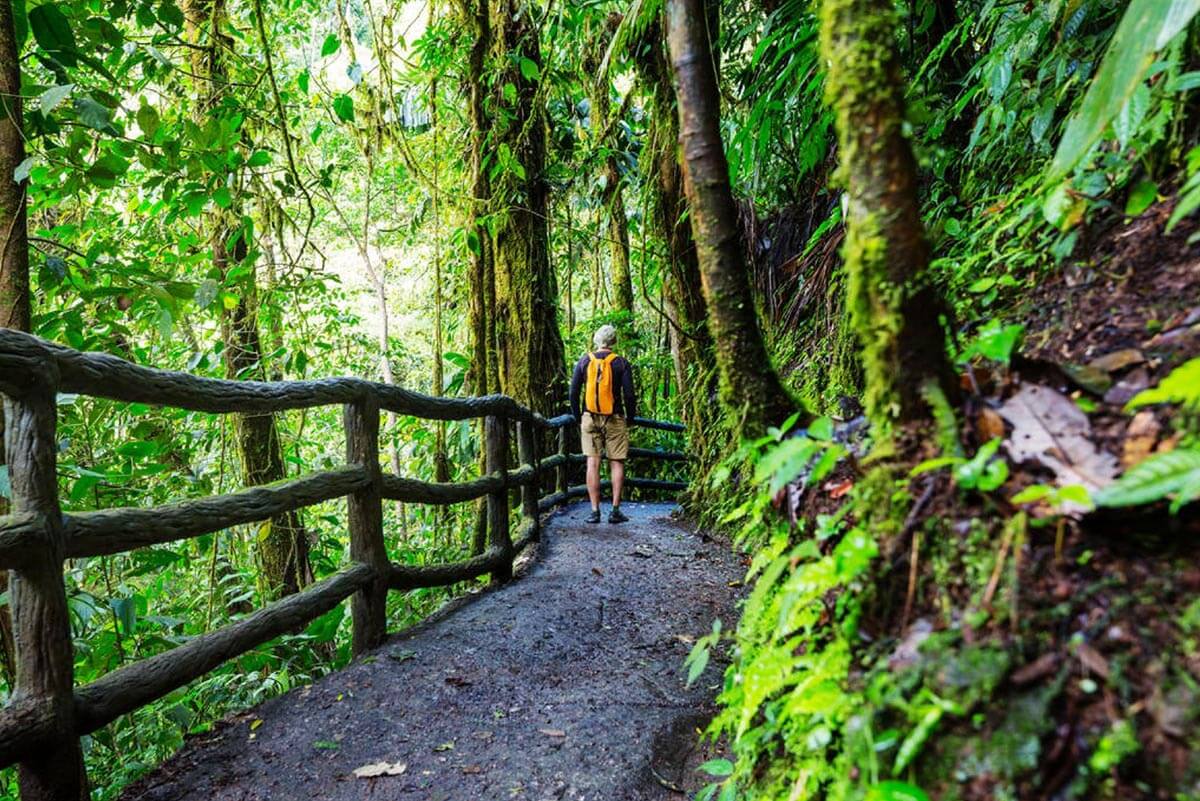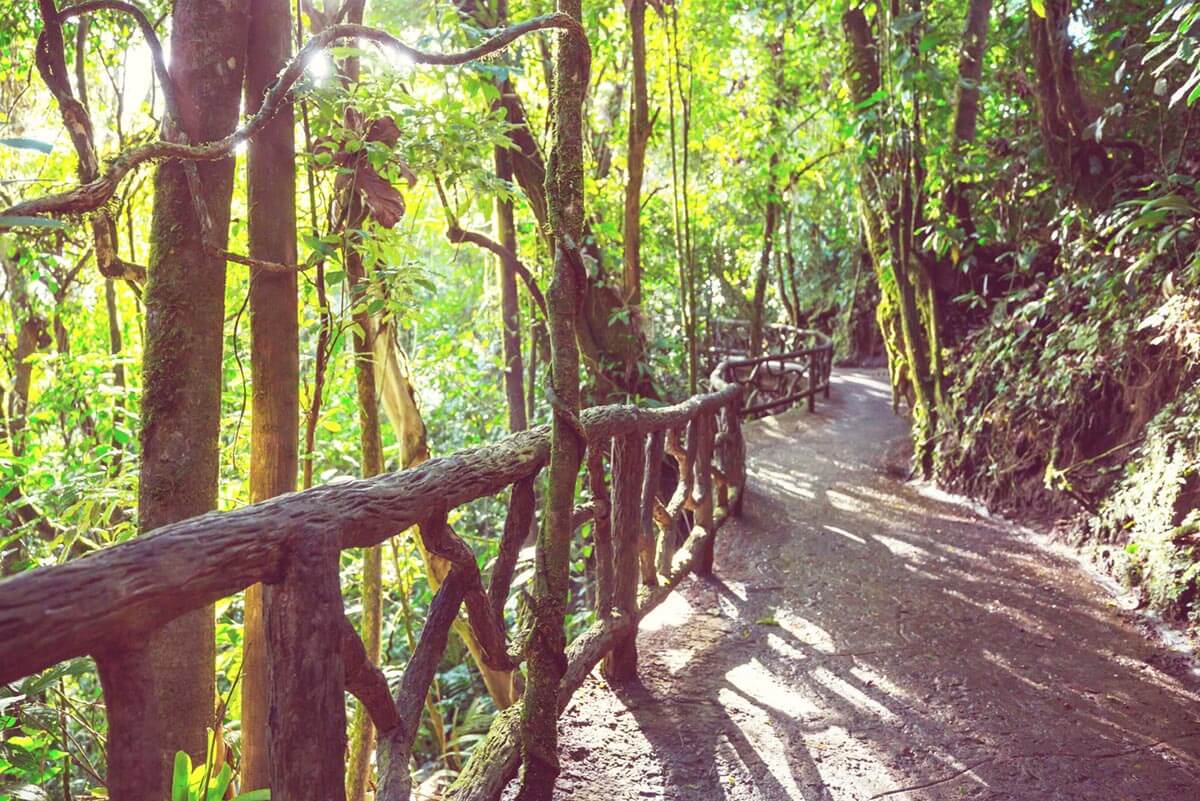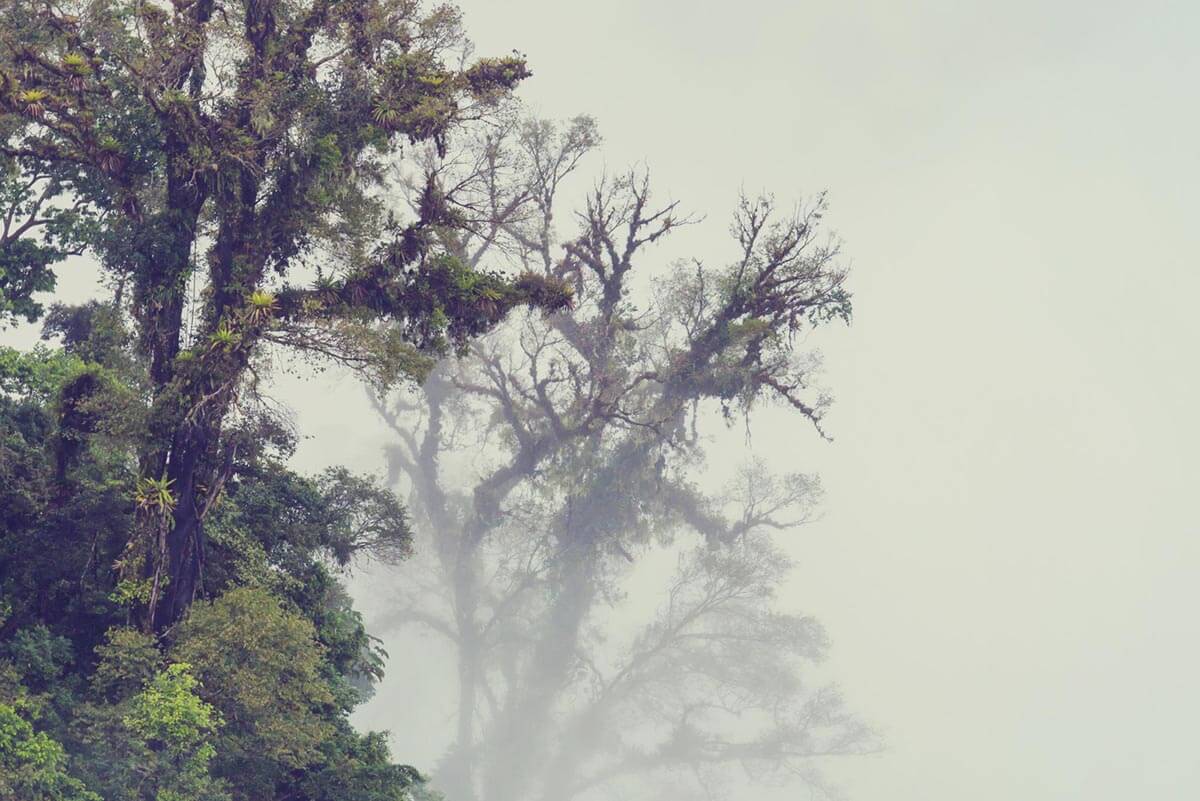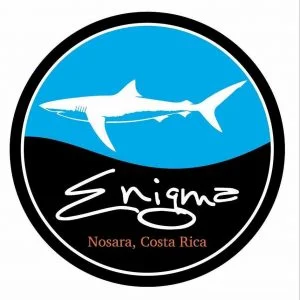Chirripó National Park is located towards the southern part of Costa Rica. Interestingly enough, it’s spread throughout three of Costa Rica’s provinces: San José, Limón, and Cartago. With a total area of 196.33 sq mi., there’s a ton to do, see, and explore in this national park. To determine whether you should put this on your travel list, read on!
Why You Should Visit Chirripó National Parks

Chirripó National Park is located near the Talamanca Mountain Range in Costa Rica. It is about a 4 hour drive south of San José. It is 30 kilometers north of San Isidro del General and preserves important ecological zones on the Costa Rican coast.
Established in 1975, Parque Nacional Chirripó is known to be one of Costa Rica’s “wilder” national parks. Also could be easily known as the hiking capital of Costa Rica. Meaning it’s a park perfect for exploring untouched nature and various ecological zones. The area has been known to be a wild area due to inaccessibility to its nature, which is rare in Costa Rica. There haven’t been many opportunities for development or exploitation. If you’re visiting this national park, the most popular activity is hiking up the Cerro Chirripó Grande. On a clear day, you’d be able to see both the Caribbean sea and the Pacific Ocean on each coast of Costa Rica from atop the mountain.
Not to be confused or taken in place of Parque Nacional Chirripó, Cerro Chirripó is the highest mountain in Costa Rica. The Parque Nacional just surrounds Cerro Chirripó while giving accessibility to hiking trails that will allow you to explore the area. Cerro Chiripó is a long 11-mile trek with the highest point being 13,000 ft. It is also known to be the coolest place in the entire nation with the lowest recorded temperature being –9° C.
Other than climbing the tallest mountain in the entire country, there are other things you can do while visiting this park. There are miles on miles of other hiking trails that are only moderately difficult and wind through various ecological zones and ecosystems while wrapping around the mountain. Chirripó is known for its biodiversity and natural beauty. In addition to being a great place to hike, visit or camp out, Chirripó is also a protected area where tourists can enjoy nature without disturbing the environment.
Parque Nacional Chirripó has an extraordinary number of wide variety habitats due to the wide variety of ecosystems which vary by altitude, soil type, climatic conditions, and topographical features. It has over 260 different types of amphibian and reptile animals, about 400 different species of birds, and houses the largest population of tapirs in the country, pumas, jaguars, peccaries, and many other types of mammal animals.
So, if you’re into exploring rugged terrain and exposing yourself to different ecosystems, and animal spotting, or have a passionate love for hiking then visiting Chirripó National Park would likely be perfect for you.
Best Hikes In Chirripó National Park

This park has some of the best hiking trails in Costa Rica. There are several different hikes within the park, but they are all at difficulty levels with different end results.
Hike Up To Cerro Chirripó Grande’s Peak
Of course, as mentioned above, one of the best hikes you can go on at this national park, and in Costa Rica in general, would be the uphill hike to the highest peak of Cerro Chirripó Grande which is an 11-mile journey. You must book a reservation months in advance to be able to hike this trail. So make sure you do that if you decide you want to hike to the peak of Cerro Chirripó. Most people don’t hike up this trail in one day. In fact, there are rest stops like the Crestone Base Camp, throughout this trail where you can stop, rest, get something to eat, and even sleep before proceeding. This base camp also has some Costa Rican cuisine you can grab while you’re resting. They offer breakfast, lunch, and dinner. Most people need 2-3 days to get to the top of the mountain. Avid hikers may be able to do it all in one day. There is no camping or tents allowed on the trail so they’ve implemented the base camps throughout the mountain to allow visitors a break throughout their hike towards the top. Although this is known to be one of the best views and hikes in the area, there are tons of other trails you can take that will be gratifying as well.
Hike The San Gerardo to Cerro Chirripó Trail
This trail starts near Pérez Zeledón, Limón, Costa Rica, and is about 25 miles there and back. It’s considered a challenging route and takes an average of about 18 hours to complete. Most pro hikers can finish this hike in a day, but average hikers should probably give themselves up to 3 days to complete this hike. It’s a beautiful trail that is popular for backpacking, bird watching, and camping. The best time to visit and hike this trail would be anytime between December and March.
Hike The Cloudbridge Reserve Trail
The Cloudbridge Reserve trail also starts near Pérez Zeledón, Limón, Costa Rica, and is considered a hard-to-moderate trail to hike. The average time it takes to complete this hike is around 4 hours. It’s a looping trail so you’ll be back at the start when you’re done with it. It’s popular for hiking and walking, although it has a lot of steep inclines and a bit of muddy terrain that can make the trail a bit difficult to traverse.
Hike San Gerardo to Crestone Base (on the Cerro Chirripó)
This trail, which runs throughout Cerro Chirripó is an 18-mile trail and is considered difficult. It’s an out-and-back trail between San Gerardo and Crestones base camp, which means that the 18 miles represent the distance to the end of the trail and back. The average time it takes to complete is 13 hours. It’s a popular trail for backpacking, bird seeing, and camping. You can traverse the trek from San Gerardo at any time of year as the Costa Rican government keeps it open year-round.
Hike Crestone Base to Cerro Chirripó Peak (on the Cerro Chirripó)
This hiking trail is a point-to-point trail, meaning that you start at one end and get to the other. The trail is 3.1 miles long and starts near Pérez Zeledón, Limón, Costa Rica. It’s considered a short but moderately challenging route and it takes around 2 hours to complete. The trail is good for backpacking, bird seeing, and hiking. This trail is also open year-round as the Costa Rican government keeps it open. It is beautiful to visit at any time.
Things To Do While Visiting Chirripó National Parks

Chirripó is home to some of the highest peaks in Costa Rica. The park offers visitors hiking trails through lush tropical forests and pristine cloud forest ecosystems. There are also opportunities to see wildlife such as monkeys, sloths, toucans, parrots, and even jaguars.
Hike
Obviously, since this national park is known to be the hiking capital of Costa Rica, the main and number one suggestion for things to do in the area is to hike. Above, we’ve listed 5 different trails to choose from, although we’re sure that there are more than the five we’ve mentioned above.
Hiking is one of the most enjoyable activities because of the changing scenery, landmarks, and environments that you encounter as you climb up. You’ll travel through misty clouds, lush green fields, tropical forests, colorful flowers, shimmering lakes, impressive geological formations, and so on. These things will keep the trip fun and motivating for travelers.
You should definitely train before attempting to hike up these beautiful trails in Costa Rica. Your physical health, medical history, weather, and ability to handle changes in elevation can affect whether you’re able to complete the hike. Make sure you’re in good physical shape and pack accordingly. Include enough clothes, food, water, equipment, first aid kits, and supplies for the duration of your trip. Wear sturdy, comfortable hiking shoes; layer up with several different kinds of layers of clothing; wear a hat; bring raingear and warm jackets, and be prepared for very cold weather.
Explore the Lower Levels and Wildlife of the Park
Cool clouds cover the wet forest at its lower elevations, which provide homes for amazing animals such as Quetzal birds, Tapir, and Jaguar. At an elevation of 3,400 meters, the cloud forests give way to páramos (tropics), which are ecosystems unique to high altitudes in Central America, South America, and Latin America.
The forests of Chirripo National Park are breathtaking! As you ascend through the pastures at an elevation of 1,000m near San Gerardo de Rivas, there is stunning botanical diversity to be seen. You may go from being in a dense jungle to being surrounded by cacti at any time. It depends on where you’re located and how the environment changes depending on altitude.
Camping In Applicable Areas of Chirripó National Park
Camping is not allowed anywhere else but at the designated campsite on the Herradura hiking path. You can stay overnight at the designated climbing areas within the national parks.
Visit San Gerardo De Rivas
San Gerardo de Rivas is nestled in a beautiful mountain valley 1300m above sea level. Despite the steady trickle of hikers, it feels authentic and undiscovered, like a little town of paradise.
There’s a soccer field, church, school, and a small market selling basic supplies and snacks for your hiking journey. At night there are no streetlights. You’ll want to bring a flashlight. Ask your hotel or guide for help finding things around town.
Packing List for Chirripó National Park
Visitors should bring short sleeves, t-shirts, appropriate footwear, sunscreen, umbrellas, and rain gear. Possibly more than one type of shoe. You should definitely bring at least one pair of shorts, a T-shirt, and even a sweatshirt or light jacket. At certain points during the night time, the peak of Cerro Chiripó may be frost covered. Take plenty of water and food that will last you for the hike up there and back. Be sure to bring a warm sleeping bag with you. There are some provided at the base camp, but they’re not as good as a quality one you would buy for yourself.
Best Time To Go To Chirripó National Park
Located in the cloud-wet forests, the weather in Cerro Chirripó is unlike the usual weather in Costa Rica. Since you’ll be so high and in an elevated part of the country, it will definitely be colder and wetter than in other areas of Costa Rica. Dress for the weather; expect cool and damp conditions. On average, daytime temps range from 50°F to 70°F during the day and drop down into the low 40s at night. The rainy season and rainfall usually peak between September and November in Costa Rica. In the dry season, which is between the months of December and April, the park is definitely busy. The dry season is known to be between December and April. The average annual rainfall in the park is approximately 380 cm.







